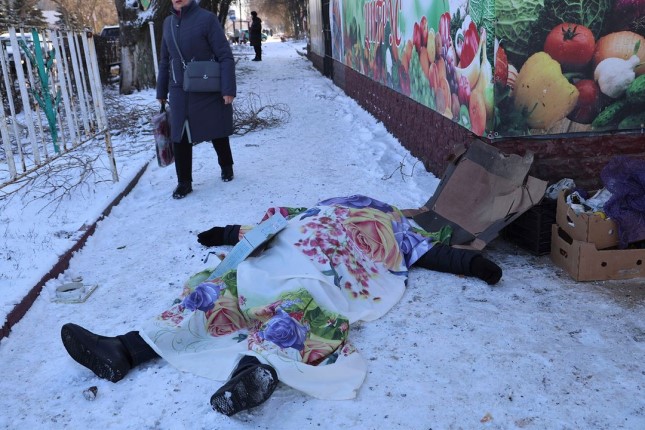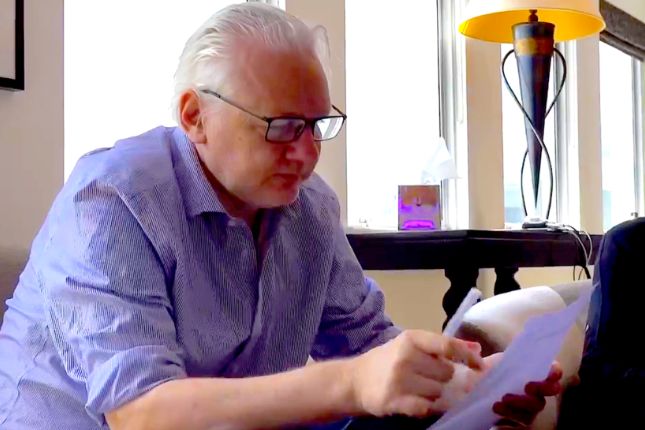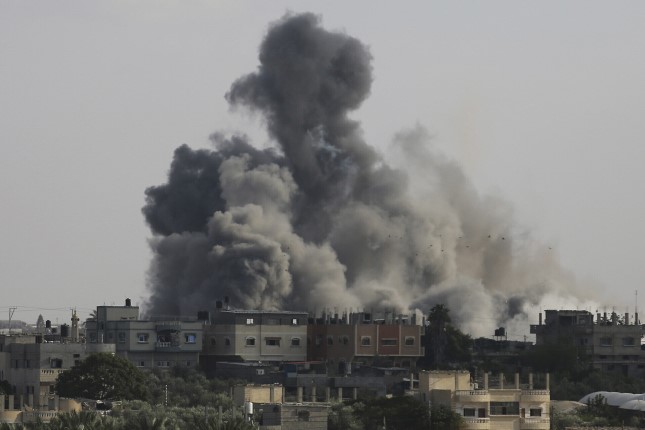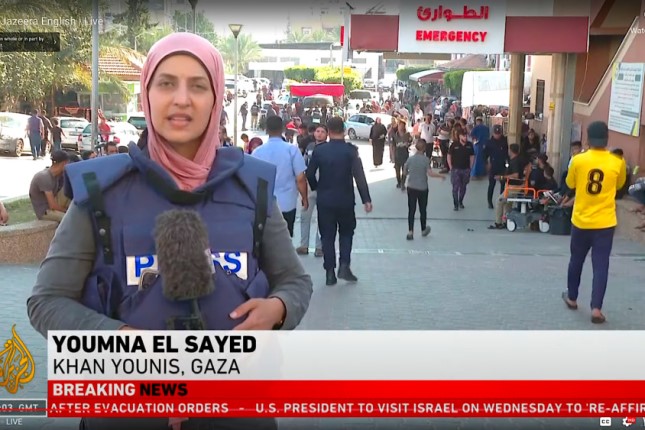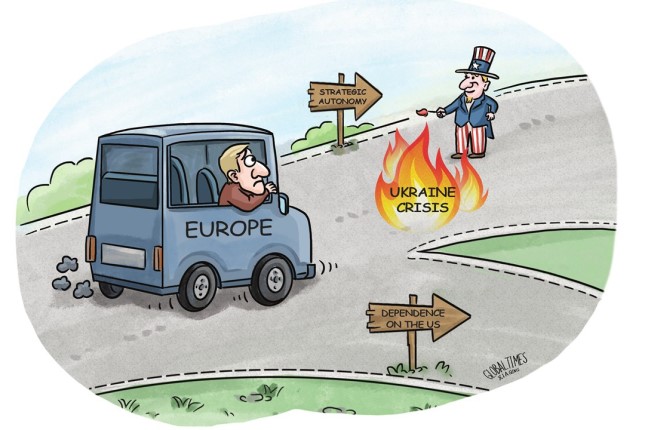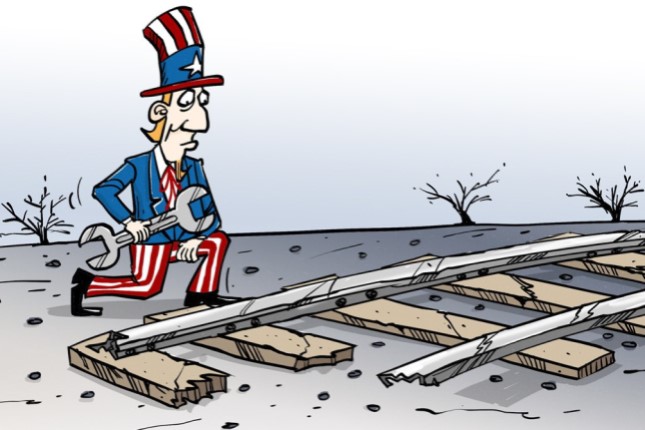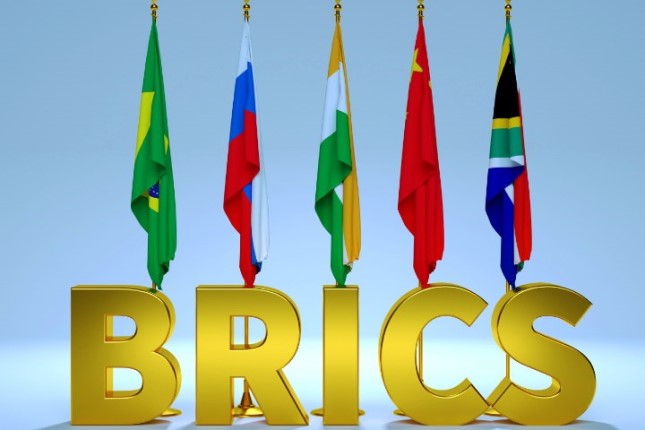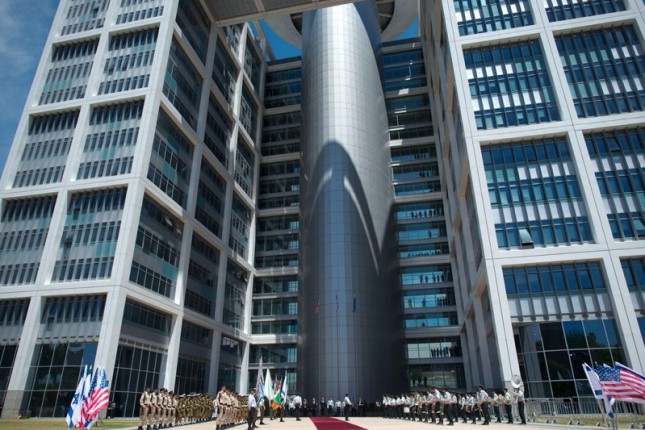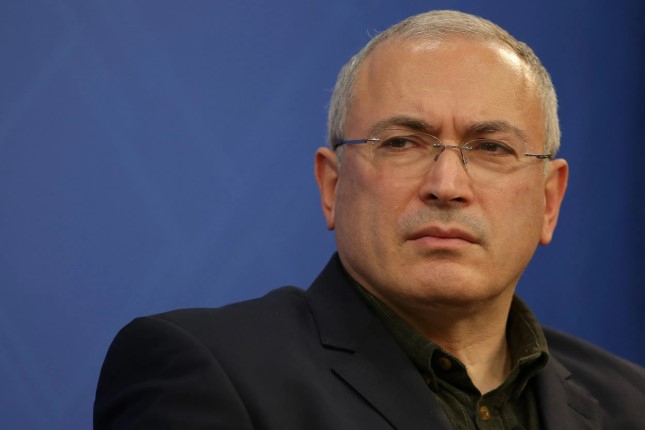According to Denis Pushilin, the head of the local authorities in Donetsk, the market was hit by 155mm calibre and 152mm caliber artillery shells, launched by the Ukrainian military.
In response, the Russian Ministry of Foreign Affairs issued a statement casting doubt on a potential negotiated settlement anytime soon given the increasing attacks on civilians by Kiev in the ongoing conflict. “These terrorist attacks by the Kiev regime clearly demonstrate its lack of political will towards achieving peace and the settlement of this conflict by diplomatic means,” it stated.
Significantly, the attack was likewise denounced by the United Nations. According to a UN spokesman, United Nations Secretary-General Antonio Guterres “strongly condemns all attacks against civilians and civilian infrastructure, including today’s shelling of the city of Donetsk in Ukraine.”
Ukraine has yet to respond to the UN’s condemnation of the attack. However, in his nightly video address Ukrainian President Volodymyr Zelensky blamed Russia for shelling more than 100 locations in Ukraine.
The attacks mark another violent provocation against civilians carried out by Kiev as it continues to incrementally lose territory amid a severe ammunition and manpower shortage.
Since the end of 2023, the Ukrainian Armed Forces have also carried out a number of attacks on the Russian city of Belgorod, resulting in civilian casualties. The city is located just 25 kilometers from the Ukraine border and is often characterized by Ukrainian nationalists as “historic Ukrainian lands.” Russian authorities have described the attacks as “indiscriminate.” A number of Belgorod residents have begun leaving the city due to the ongoing attacks.
Earlier on December 30, Ukraine carried out its largest attack to date on Belgorod, resulting in the deaths of at least 25 civilians, who were celebrating the New Year at the city’s main square. More than 100 were wounded, and five of those killed were children, according to Belgorod authorities.
Coinciding with the increased attacks on civilians within Russian-controlled territory, on Monday, which is celebrated as “Unity Day” in Ukraine, Zelensky issued a presidential decree declaring six regions in Russia to be “historically inhabited by Ukrainians.” According to the decree, the regions of Krasnodar, Rostov, Voronezh, Belgorod, Kursk and Bryansk were subjected to “forced Russification” and ordered the Ukrainian government to develop an “action plan” to preserve “Ukrainian national identity” in Russia.
This type of seemingly outlandish irredentist theory has previously been limited to the country’s far-right political groups. In September of 2022, Dmytro Yarosh, the founder and former leader of the fascist Right Sector, foreshadowing what is now policy of the Zelensky government, demanded on Facebook that Ukraine should make territorial claims on several Russian regions and cities. He cited specifically Belgorod, Kuban and Voronezh and called for an expansion of the war to capture “Ukrainian lands.” Now, the proposals by Yarosh have become government policy.
The Ukrainian government is plotting a geographic expansion and escalation of the war even as the Ukrainian Armed Forces are continuing to lose territory. On Monday, Russian forces took control of Krokhmalne in Ukraine’s northeastern Kharkov (Kharkiv) region. Following the failed spring-summer counteroffensive that claimed the lives of over 125,000 Ukrainian soldiers in just a few months time, military experts now widely recognize that Ukraine is unlikely to ever recover its lost territories or Crimea, let alone expand into Russian territory.
Zelensky’s proclamation and the taking up of far-right nationalist propaganda are, in fact, evidence of the desperate situation of the Kiev government. With no way forward in a war that has claimed the lives of up to 400,000 Ukrainian soldiers, far-right war fantasies and senseless attacks on civilians have become state policy.
But the extreme depth of the crisis of Ukrainian regime and state of the NATO war itself does not lessen the danger of an expansion and escalation of the war. On the contrary, it heightens it.
The proclamation of the goal to expand the war deep into Russia follows the announcement that another 500,000 men are to be mobilized for what is already the biggest mass slaughter in Europe since World War II. It also comes amidst an ongoing crisis of the Ukrainian state and bitter infighting between Zelensky and General Valeriy Zaluzhnyi, the head of the Ukrainian Armed Forces.
According to Russian media reports, the increasing incursions into Russian territory have been personally ordered by Zelensky and were subsequently carried out by the head of Ukrainian military intelligence (HUR), Kirill Budanov, and the neo-Nazi Kraken regiment, which was formed by veterans of the notoriously fascist Azov Regiment. As part of the HUR, the Kraken operates separately from the regular Ukrainian Armed Forces.
Such attacks therefore are likely being carried out outside the command of Zaluzhnyi, signaling a deep crisis within the Ukrainian state over the war’s future direction. Zaluzhnyi has reportedly favored a defensive strategy following the summer’s failed counteroffensive. In November, he publicly stated in the Economist that the war was at a “stalemate,” prompting a quick and angry denial by Zelensky and his cabinet.
Over the past year, Budanov’s military intelligence service has been central to a series of drone attacks, including on Moscow and the Kremlin and incursions into Russian territory that have been spearheaded by fascist forces. A year ago, a picture was circulated of Budanov in his office with a map of Russia, carved up between different powers, behind his desk.
Recent reports have suggested that Zelensky plans to replace Zaluzhnyi with Budanov. While such reports have yet to be confirmed by anyone within the Zelensky regime, Zaluzhnyi was notably absent from the first ever NATO-Ukraine Council meeting of defense ministers, but rather was attended by the Military Representative of Ukraine to NATO.
Should Budanov replace Zaluzhnyi, his past history suggests that Kiev will try to double down on its incursions into Russian territory and drone attacks, and expand the war significantly both in scope and intensity. This will inevitably also entail a further strengthening of fascist forces within the Ukrainian state and armed forces.
On Monday, the same day that Zelensky unveiled his claims to Russian territory as “historically Ukrainian,” Zelensky proposed a plan granting dual citizenship to ethnic Ukrainians abroad and their descendants, as well as foreigners fighting for the Ukrainian Armed Forces as volunteers. According to Zelensky, the dual citizenship law will allow all ethnic Ukrainians and their descendants, who “during various emigration waves, were forced to leave their homeland and ended up in Europe, the United States, Canada, countries of Asia and Latin America,” to obtain citizenship.
Zelensky was polite enough to not mention the name of the Organization of Ukrainian Nationalists and its paramilitary wing, the Ukrainian Insurgent Army. These far-right organizations fought on the side of the Nazis against the Soviet Union in World War II and participated in the Holocaust. When Nazi Germany lost the war, many of them emigrated to North America, in particular, where many found employment with and protection from intelligence agencies and established a significant far-right network. To this day, this section of the “Ukrainian diaspora” is highly politically, financially and culturally influential, including in academia, and forms an important base of support for the NATO war against Russia. It is unclear if such new “citizens” could also become potential recruits for the Ukrainian Armed Forces in its ongoing NATO proxy war.
Photo: A person killed during the shelling in Donetsk, Ukraine, Sunday, January 21, 2024 © AP Photo / Alexei Alexandrov.
Source: World Socialist Web Site.
